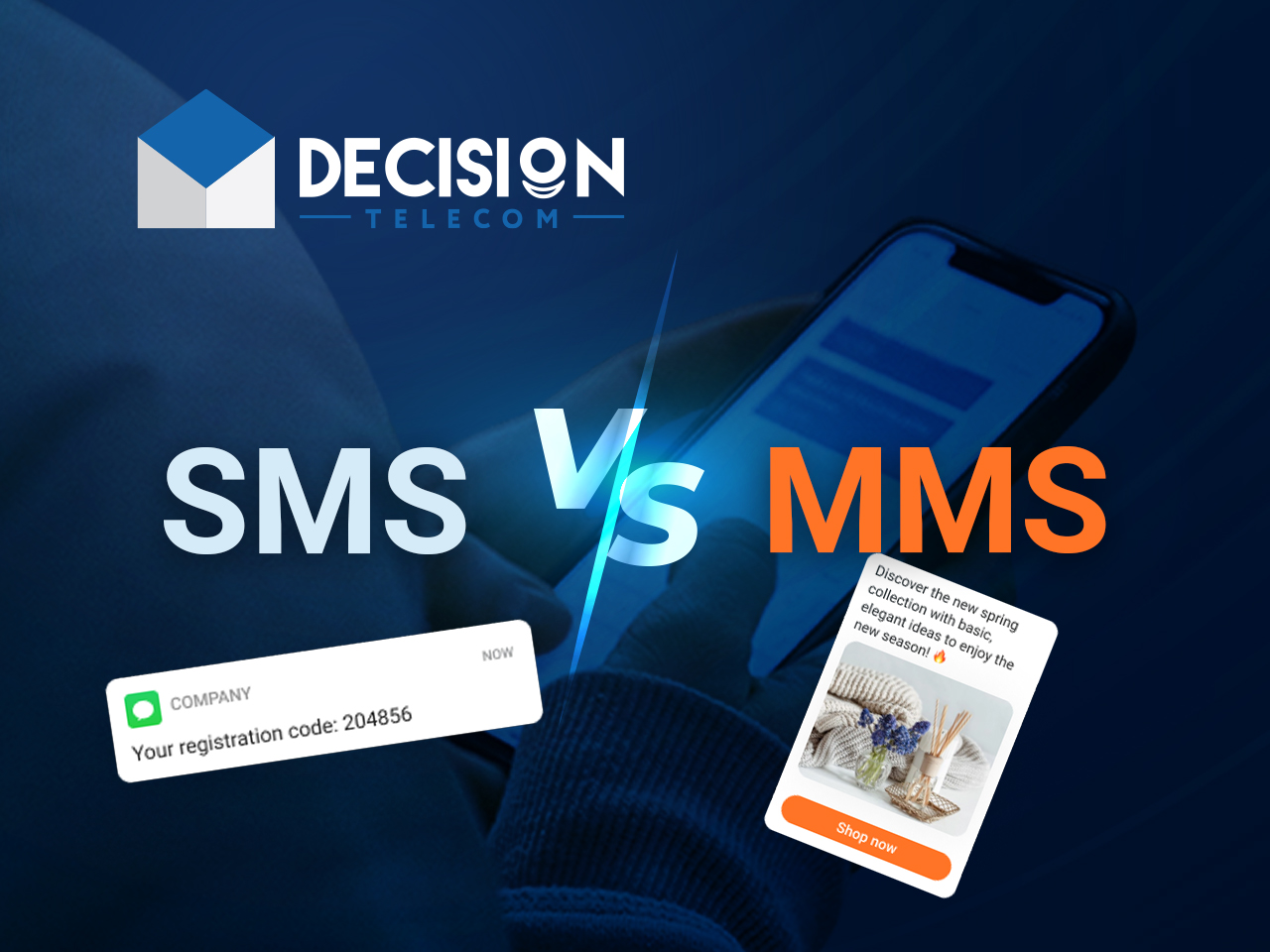MMS Video: Understanding Multimedia Messaging Service And Its Impact On Communication
MMS video has revolutionized the way we communicate in the digital age, allowing users to send multimedia content seamlessly across various platforms. With the advent of smartphones and better data connectivity, MMS (Multimedia Messaging Service) has become an essential tool for sharing videos, images, and audio files. This article delves deep into the world of MMS video, exploring its functionality, benefits, and how it has transformed communication.
In a world driven by technology, the ability to send and receive multimedia content quickly and efficiently is crucial. MMS video serves as a bridge between traditional SMS (Short Message Service) and modern messaging applications, bringing the best of both worlds. Throughout this article, we will discuss the mechanics of MMS video, its advantages over other messaging formats, and the future of multimedia communication.
As we navigate through the intricacies of MMS video, we will also consider its implications for businesses, personal communication, and how it fits into the broader landscape of digital messaging. By the end of this article, readers will have a comprehensive understanding of MMS video, making it easier to leverage its capabilities in everyday communication.
Table of Contents
- What is MMS Video?
- How Does MMS Work?
- Benefits of MMS Video
- MMS Video vs. SMS
- MMS Video in Business Communication
- The Future of MMS Video
- Common Issues with MMS Video
- Conclusion
What is MMS Video?
MMS video refers to the capability of sending video files via the Multimedia Messaging Service. Unlike traditional SMS, which only supports text messages, MMS allows users to send larger files, including videos, images, and audio clips. This service enhances communication by enabling users to share experiences visually and audibly.
Key Features of MMS Video
- Supports larger file sizes compared to SMS.
- Allows for the inclusion of multimedia content.
- Can be sent to multiple recipients simultaneously.
- Compatible with most mobile devices and networks.
How Does MMS Work?
The functioning of MMS video is relatively straightforward. When a user sends an MMS message, the multimedia content is uploaded to a server, and the recipient receives a notification with a link to download the content. This process involves several key components:
Components of MMS
- MMS Center: A server that processes MMS messages, converting them for delivery.
- Mobile Device: The sender's and recipient's devices must support MMS functionality.
- Mobile Network: The carrier network must be equipped to handle MMS traffic.
Benefits of MMS Video
MMS video offers numerous advantages that enhance the way we communicate:
Enhanced Communication
The ability to send videos allows for more expressive communication, conveying emotions and messages more effectively than text alone.
Increased Engagement
Multimedia content tends to capture attention better, leading to higher engagement rates in marketing and personal communications.
Convenience
MMS video allows users to share moments instantly without the need for third-party applications, making it convenient for everyday use.
MMS Video vs. SMS
While both MMS and SMS serve the purpose of messaging, they cater to different needs:
Comparison
- File Size: MMS supports larger files (up to several megabytes), while SMS is limited to 160 characters.
- Content Type: MMS allows for multimedia (videos, images), while SMS is text-only.
- Cost: MMS messages may incur higher charges compared to standard SMS.
MMS Video in Business Communication
Businesses can leverage MMS video for various purposes:
Marketing Campaigns
Sending promotional videos or advertisements directly to customers can lead to higher conversion rates.
Customer Support
Visual instructions or video responses can enhance customer support services, providing clearer information.
The Future of MMS Video
As technology continues to evolve, the future of MMS video looks promising:
Integration with Social Media
We may see a greater integration of MMS capabilities with popular social media platforms, allowing users to share multimedia content seamlessly.
Enhanced Features
Future developments could include improved file compression, better quality, and more interactive multimedia options.
Common Issues with MMS Video
Despite its advantages, users may encounter certain challenges with MMS video:
Compatibility Issues
Not all devices or networks support MMS, which can lead to delivery failures.
Data Charges
Users should be aware of potential data charges associated with sending MMS messages, especially when using mobile networks.
Conclusion
In conclusion, MMS video represents a significant advancement in communication technology, bridging the gap between text-based messaging and multimedia sharing. Its ability to convey messages more effectively and engage users makes it a valuable tool for personal and business communication alike. As we move forward, it is essential for users to understand how to utilize MMS video effectively while being mindful of potential challenges.
We encourage readers to explore their options with MMS video, consider its applications in their daily lives, and share their thoughts in the comments below. For those interested in learning more about multimedia communication, feel free to browse our other articles!
Thank you for reading, and we hope to see you again soon for more insightful content!
Understanding MMS Videos: A Comprehensive Guide
Mackenzie Davis Relationships: A Deep Dive Into Her Love Life
Satan Xerxes Carnacki Lavey: The Enigmatic Figure Of Occultism

/what-is-sms-mms-iphone-2000247-Final-5c38a50846e0fb0001673a66.png)
